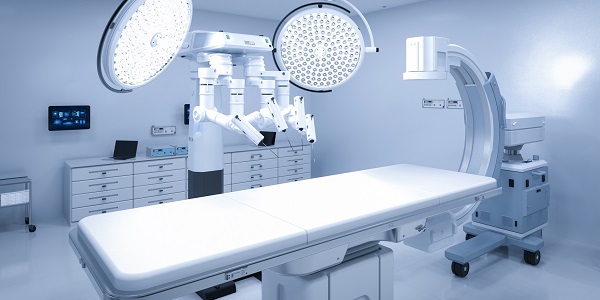Guidance on MDSAP updated

MDSAP Audit Guide updated with revised requirements from Japan
The Medical Device Single Audit Program - MDSAP - was developed to conduct regulatory audits of quality management systems (QMS) of manufacturers of medical devices. The MDSAP allows a single audit conducted by a recognized Auditing Organization (AO) to cover the requirements of BS EN ISO 13485:2016, together with specific regulatory requirements for the participating jurisdictions– Australia, Canada, Japan, Brazil and USA. Participation in the programme should reduce the need for duplicate audits and reduce the resource requirements on regulatory authorities and medical device manufacturers. Audits conducted to MDSAP follow a closely prescribed process of defined tasks that the auditors have to perform
The audit tasks that have to be covered and the links to the applicable regulatory requirements for participating jurisdictions are identified in the MDSAP Audit Approach. A 2021 update to the audit approach was made to address changes in the requirements from Japan.
The Japanese QMS requirements are contained in the Ministry of Health, Labour and Welfare (MHLW) Ordinance MO169. The ordinance was revised in 2021 to align with ISO 13485:2016. This revision replaced the previous edition of the ordinance from 2020, which was aligned with ISO 13485:2003. The updated version of the MDSAP Audit Approach amends several audit tasks to reflect changes in the Japanese requirements. Additionally, the clause numbers of the 2021 revision of MHLW MO169 have been added to each applicable audit task if the clause numbering differs from the 2020 edition of the Ordinance. Furthermore, an additional Annex (Annex 5 – Japan’s QMS Ordinance Comparison Tables) has been added. The tables in Annex 5 show the relationships of the version of MHLW MO 169 Chapter 2 from 2020 (aligned with ISO 13485:2003) with the 2021 amendment that is aligned with ISO 13485:2016.
The changes incorporated into the document are all listed in a summary of changes from the prior revision. In particular, it is worth noting that the changes have deleted an audit task related to the country-specific requirement from Japan for supplier selection in the Purchasing section of the audit. This is because the requirement is deleted in the 2021 edition of MHLW Ordinance MO169.
A transition period of three years has been set for adoption of the change to the Japanese requirements. During this transition period, the organization being audited has the option to select the version of the Ordinance to be used as an audit criterion. The comparison tables in Annex 5 of the Audit Approach can be used during the transition period to make any adjustments necessary based on the option taken by the organization being audited.
Organizations participating in MDSAP will want to make note of the changes and consider if these will affect their preparation for initial or surveillance audits under MDSAP. MDSAP documents are also publicly available. There is additional material on the BSI website providing information on MDSAP. Resources to help are also included in BSI’s Compliance Navigator.
Author: Eamonn Hoxey, of E V Hoxey Ltd, UK, is a writer, trainer and consultant on a range of life science areas including regulatory compliance, quality management, sterility assurance and standards development
The Compliance Navigator blog is issued for information only. It does not constitute an official or agreed position of BSI Standards Ltd or of the BSI Notified Body. The views expressed are entirely those of the authors.

